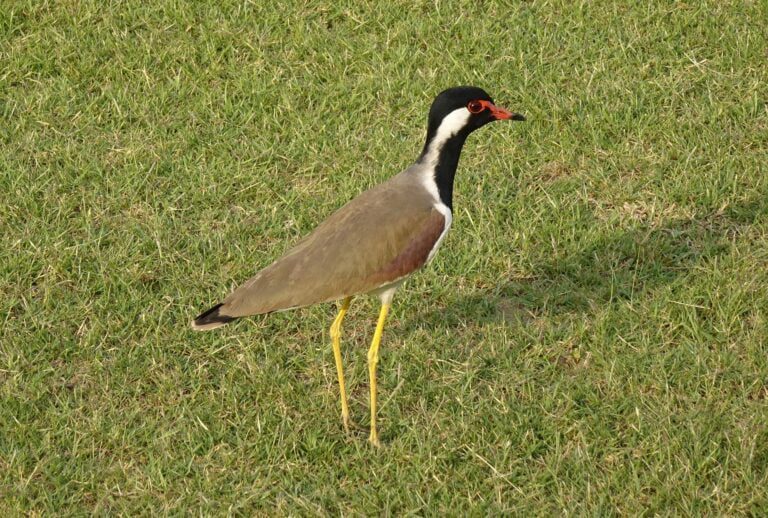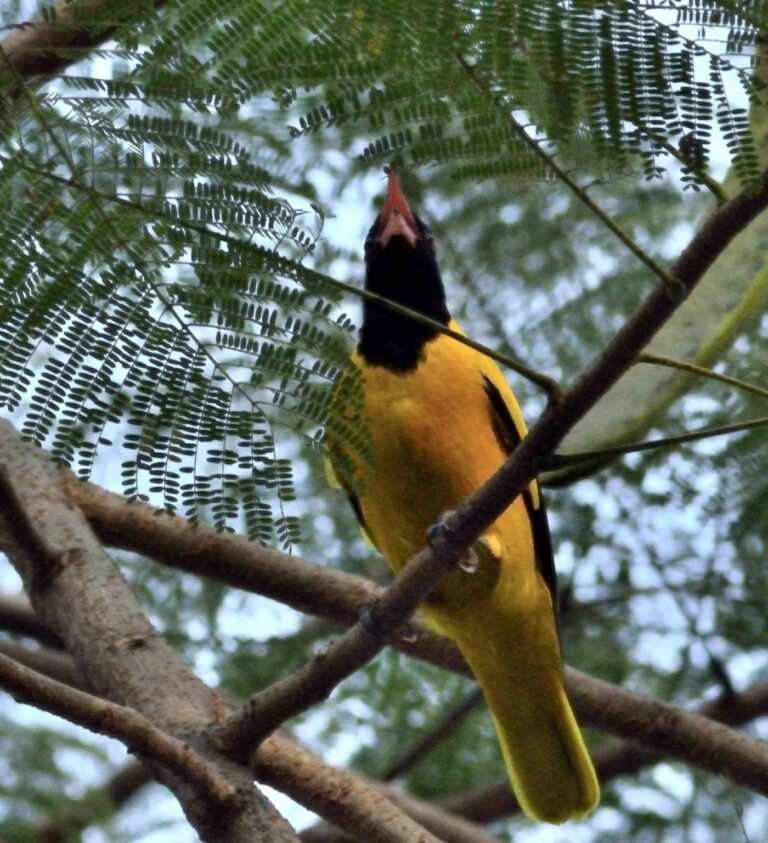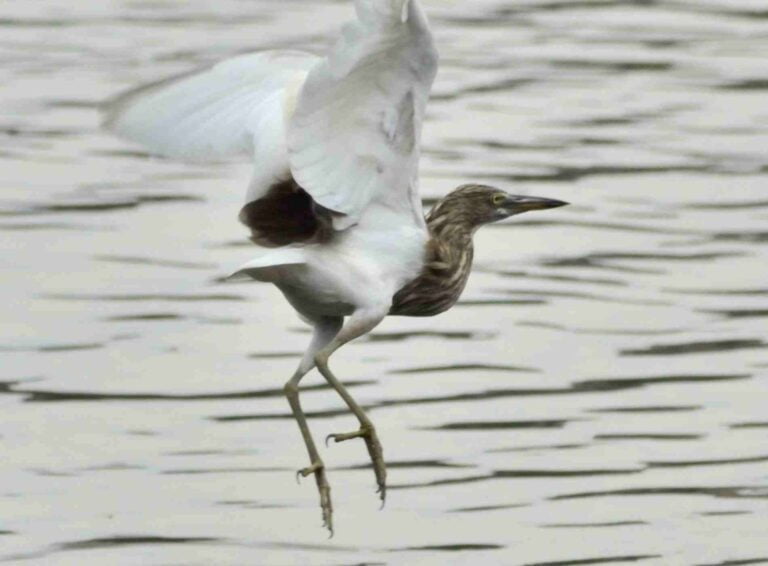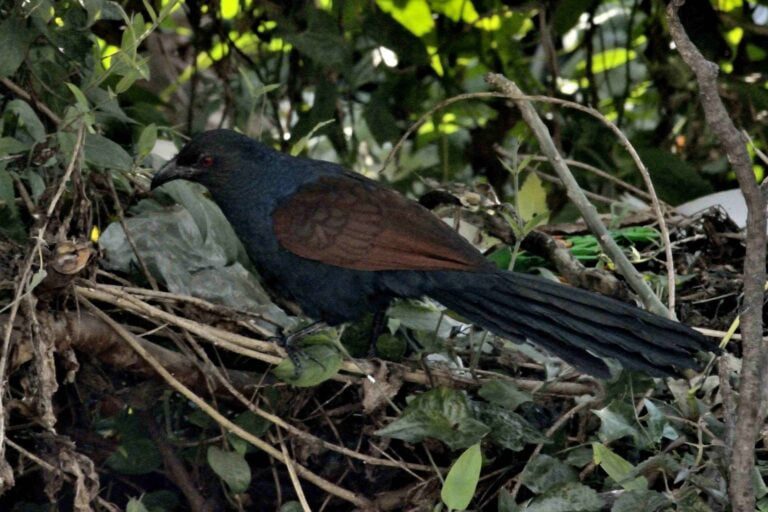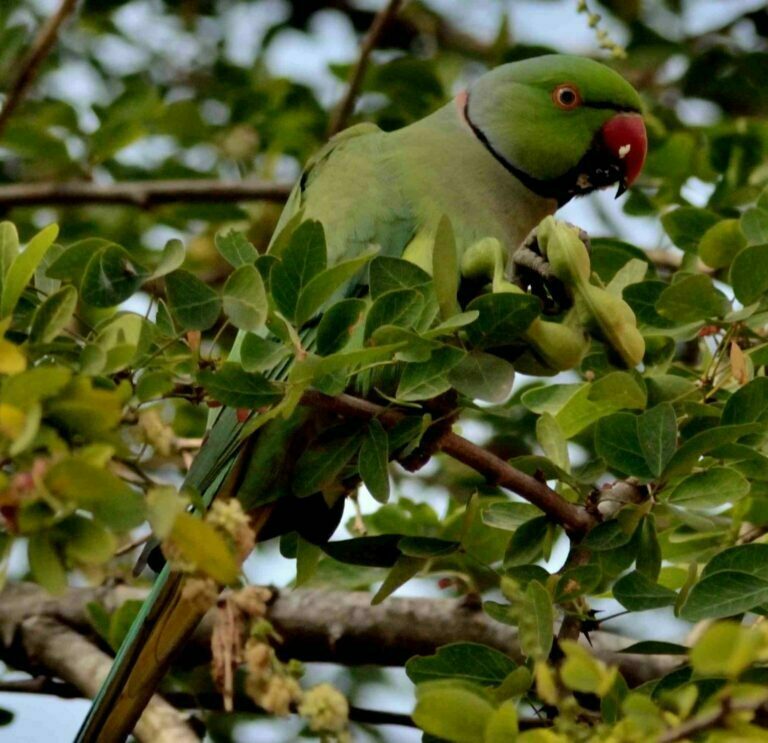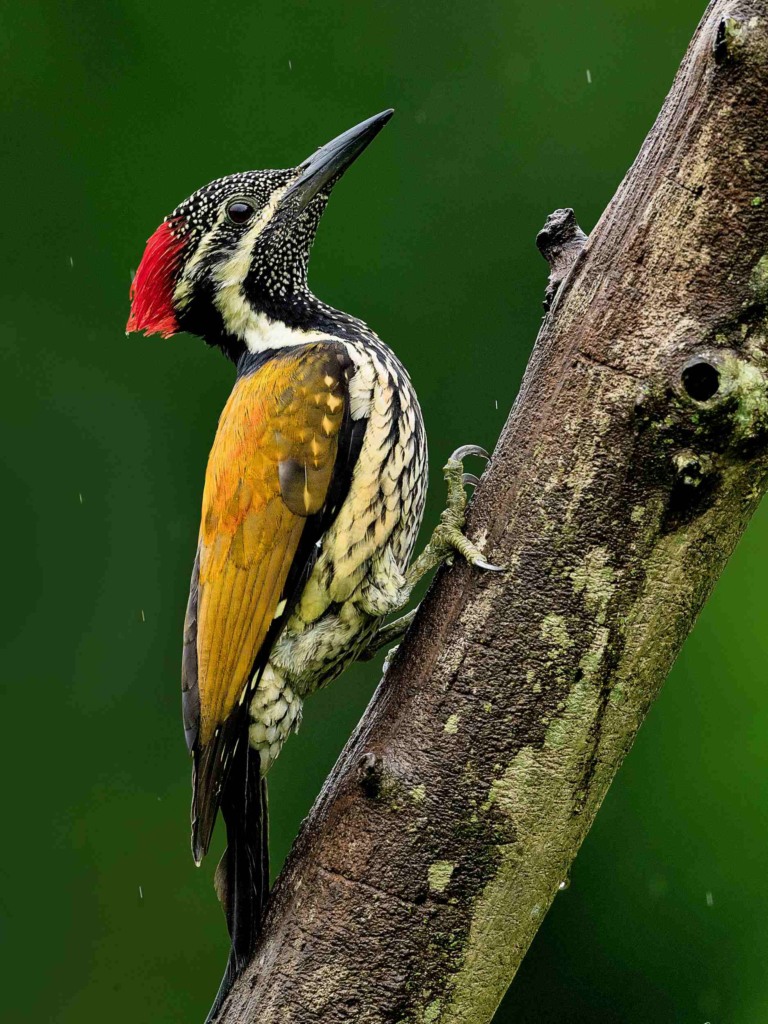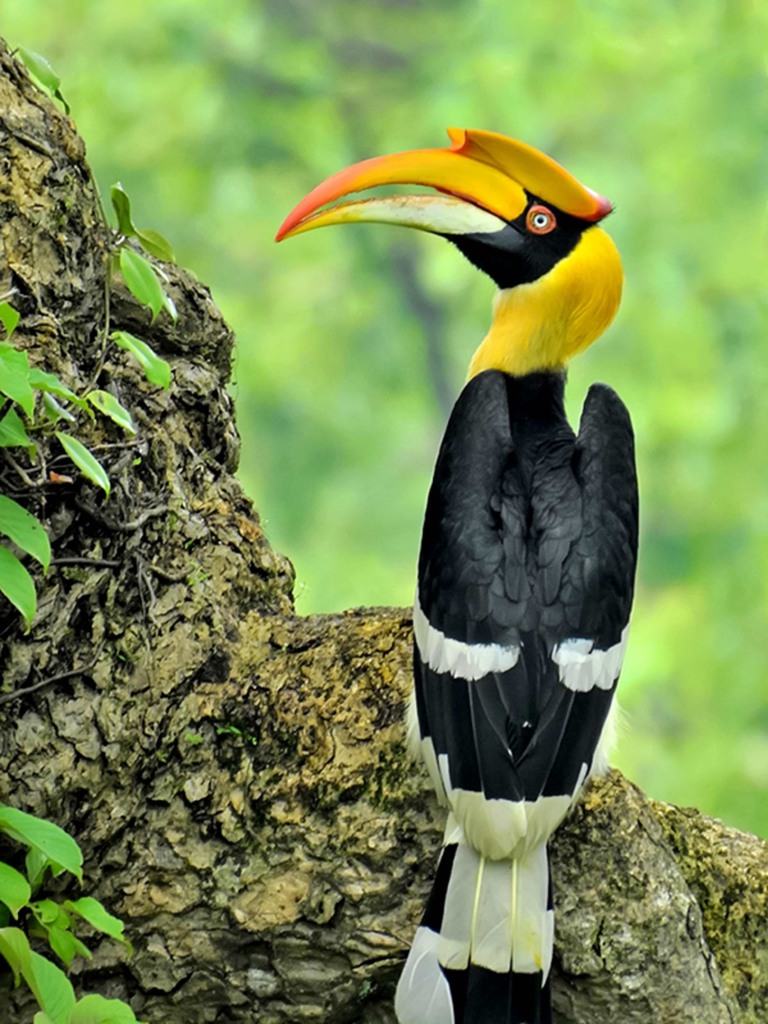The Brown Headed Gull (Chroicocephalus brunnicephalus) is a medium-sized gull species found primarily in Asia. Here’s a description of the Brown-headed Gull:
Brown Headed Gull
Appearance
The Brown-headed Gull is a relatively small gull, measuring about 35–40 centimeters (14–16 inches) in length and weighing around 200–300 grams. It has a white body with a grayish-brown head during the breeding season, which gives this bird species its name.
Outside of the breeding season, the head becomes white with some dark streaking. The bill is slender and black, and the eyes are dark with a red or orange-red ring around them. In flight, the Brown-headed Gull displays a white body and wings with gray upperparts.
Breeding Plumage
During the breeding season, adult Brown-headed Gulls have a distinct appearance. The head is chocolate brown, contrasting with the white body and dark gray wings. The bill turns red with a black ring near the tip. The legs and feet are red or reddish-orange.
Non-breeding Plumage
Outside the breeding season, the Brown-headed Gull undergoes a molt, and its head turns white with streaks of gray or brown. The bill becomes pale with a black tip. The legs and feet also become pale pink or flesh-colored.
Juvenile Birds
Juvenile Brown-headed Gulls have a brownish-gray plumage overall, with a mottled appearance on the body, wings, and head. The bill is dark with a pale pink or flesh-colored base. As they mature, they gradually acquire adult plumage over a few years.
Behavior and Habitat
The Brown-headed Gull is a migratory species, breeding in high-altitude areas such as marshes, wetlands, and lakes in Central Asia, including parts of India, China, Mongolia, and Tibet. They form large breeding colonies during the summer months. In the winter, they migrate to coastal areas in South Asia, including the coasts of India, Pakistan, Sri Lanka, and Bangladesh.
They are also known to undertake long-distance migrations to Southeast Asia. I found them in Pangong Lake while on my Ladakh tour. Brown-headed Gulls are opportunistic feeders, and their diet consists of a variety of food sources, including small fish, insects, crustaceans, mollusks, and plant matter. They are often seen feeding in shallow water or scavenging in garbage dumps or agricultural fields.
These gulls are known for their vocalizations, which include high-pitched calls and various alarm and contact calls. Overall, the Brown-headed Gull is a distinctive gull species with its grayish-brown head during the breeding season, making it easily identifiable in its range throughout Asia.

